Introduction
Are you looking to enhance your online presence and maximize the success of your ecommerce store? Choosing the right ecommerce platform is a crucial first step. Whether you're a large-scale business or a small to medium-sized enterprise, there are robust options available, such as AEM, Drupal, and WordPress.
Each platform offers unique features and benefits that align with specific business goals. Once you've selected your platform, setting up your online store is the next vital task. From configuring your store's details to creating an engaging design, every aspect contributes to a seamless and captivating shopping experience.
Customization is key to creating a store that reflects your brand's unique story and vision. Stay informed about web design trends, mobile optimization, and the integration of AI into ecommerce for a competitive edge. Additionally, integrating ecommerce functionality, adding payment gateways, embedding shopping carts, and optimizing product information are essential steps to creating a user-friendly and successful ecommerce platform.
By following these tips and strategies, you can optimize your ecommerce site for performance, functionality, and customer satisfaction, ensuring your brand stands out in the ever-evolving digital marketplace.
Choosing the Right Ecommerce Platform
Choosing the perfect online business platform for your website requires thoughtful evaluation of various factors, such as user-friendliness, scalability, the potential for customization, and how well it integrates with your current setup. AEM, Drupal, and WordPress stand out as robust options for enhancing your online presence. AEM offers a comprehensive content management solution that is particularly beneficial for large-scale businesses due to its ability to handle complex digital experiences. Drupal is known for its strong security features and flexibility, making it suitable for businesses with specific customization needs. WordPress, with its extensive plugin ecosystem, is particularly accessible for small to medium-sized businesses seeking to establish an online store quickly. By analyzing your business goals and comparing the features of these platforms, you'll be equipped to make an informed decision that aligns with your online trade objectives.
As seen with Chess.com's expansion to serve a global community of chess enthusiasts, the right digital infrastructure can significantly impact your ability to connect with and serve your audience effectively. Similarly, when considering Shopify and Squarespace, small business owners weigh factors like pricing, ease of use, and the availability of customizable themes. Each platform has its unique strengths: Shopify excels with its user-friendly drag-and-drop interface, while Squarespace is known for its sleek design options. Much like Chess.com utilizes RackConnect Global to scale its infrastructure, choosing a platform that can grow with your business is vital. Hence, it is crucial to assess which platform's characteristics align best with your online trade vision and can facilitate the smooth functioning and growth of your web store.
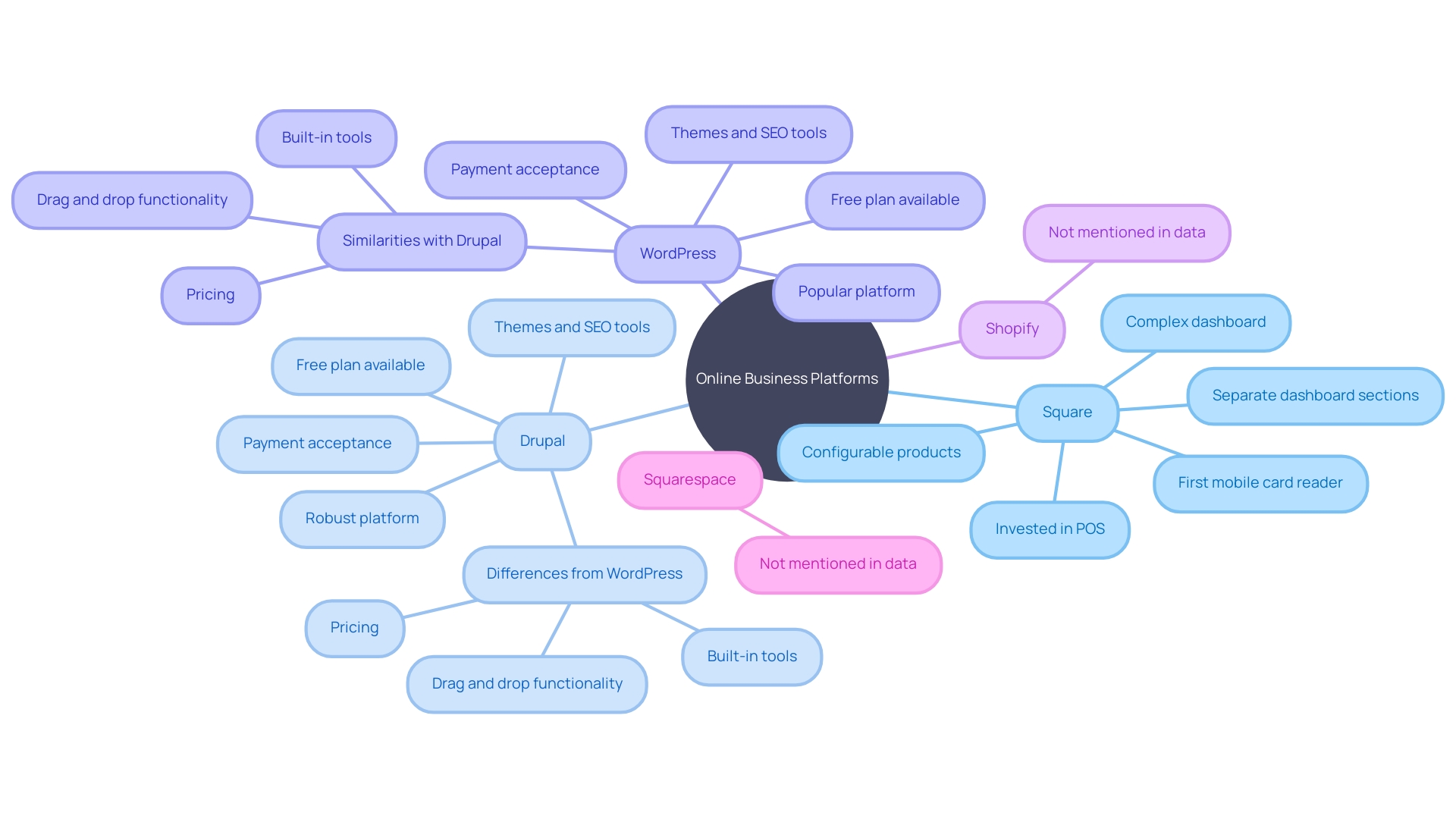
Setting Up an Online Store
Choosing the perfect online platform is a crucial decision for your web store. After making your choice, the real work begins: setting up shop. To kick off, you'll need to establish an account or integrate the requisite plugins or extensions. Configuration is next – this involves inputting your store's name, preferred currency, payment gateways, shipping options, and tax details. Here's where your brand comes to life; tailor the store's design to captivate your visitors with an engaging, intuitive shopping experience.
For those considering Shopify, it's renowned for its ease of use and customizable themes that require no coding skills, so you can focus on what you do best – selling your products. Bear in mind, the cornerstone of your online business is the product selection. Be strategic by analyzing market demand using tools like Google Trends and scrutinizing the competition to inform your offerings.
As the digital landscape rapidly evolves, it's critical to ensure your store is mobile-friendly. Over 50% of web traffic now comes from mobile devices, and a swift, user-friendly mobile site can significantly enhance conversion rates. Keep in mind that mobile sites that load in under two seconds see a 15% higher conversion rate than the average.
In the constantly evolving realm of online business, being knowledgeable is crucial. For instance, Etsy's announcement of 'Berry' as the Color of the Year for 2024 could signal a shift in consumer preferences. Aligning your product palette with such trends could give you a competitive edge. Ultimately, your online store's success hinges on a deep understanding of both product trends and the ecommerce platform you choose to showcase your offerings.
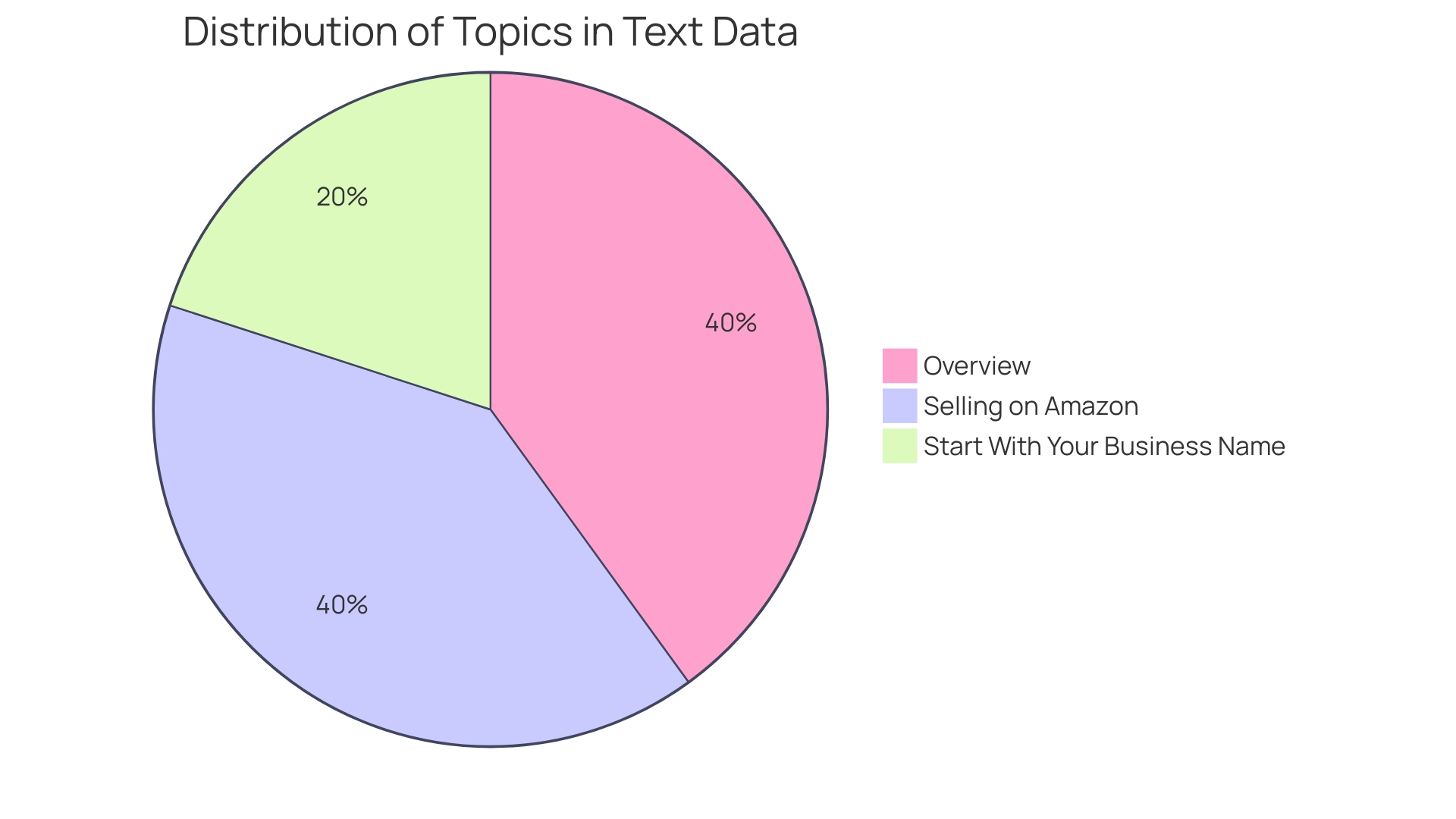
Customizing the Store's Appearance
Creating a distinctive online store is more than just setting up shop; it's about crafting a digital space that embodies your brand's unique story and vision. Consider the approach taken by Alexandra Murgu for her film industry portfolio site, Armor. This project, under the guidance of Artemii Lebedev, was not just about displaying content but weaving a narrative that encapsulated her personality and creative flair. The design was meticulously tailored to express the essence of her brand while ensuring a seamless and repeatable pattern across the site for functional coherence.
Similarly, for e-commerce platforms like Shopify, which is renowned for its ease of use and comprehensive marketing tools, customization is key. Recent insights reveal that Shopify's popularity has surged, attributing to its intuitive interface and robust sales-driving features. A personalized Shopify store is not just beneficial but crucial for rapid business growth.
In the realm of web development, a custom-crafted site by a specialized eCommerce website development company can set your business apart. The significance of a distinctive, trouble-free checkout cannot be emphasized enough, as it is a crucial point of contact for client contentment.
Moreover, staying abreast of web design trends is essential in maintaining a fresh and modern storefront. Agencies like Numiko have highlighted the resurgence of classic layouts, now reimagined for contemporary tastes, largely influenced by high-profile adopters like Apple.
Considering mobile user interaction is of utmost significance, as over 50% of web traffic now originates from mobile devices. Statistics show a clear preference among consumers for mobile sites that prioritize functionality and speed over elaborate design, with those loading in under two seconds seeing a 15% higher conversion rate. Offering an outstanding mobile experience can also result in enhanced loyalty, with more than 90% of B2B buyers inclined to make repeat purchases after a superior mobile interaction.
Integrating AI into eCommerce has been recognized as a revolutionary trend, providing personalized shopping experiences tailored to individual consumer preferences. As observed by Elizabeth Tobey of NICE, providing individuals the option to interact with your brand through their preferred channels, especially mobile, is the genesis of modern personalization.
Embrace these insights to enhance your online business, ensuring that each aspect, from the design and interface to the checkout process, aligns with your brand's identity and your customers' expectations for an inviting and intuitive shopping experience.
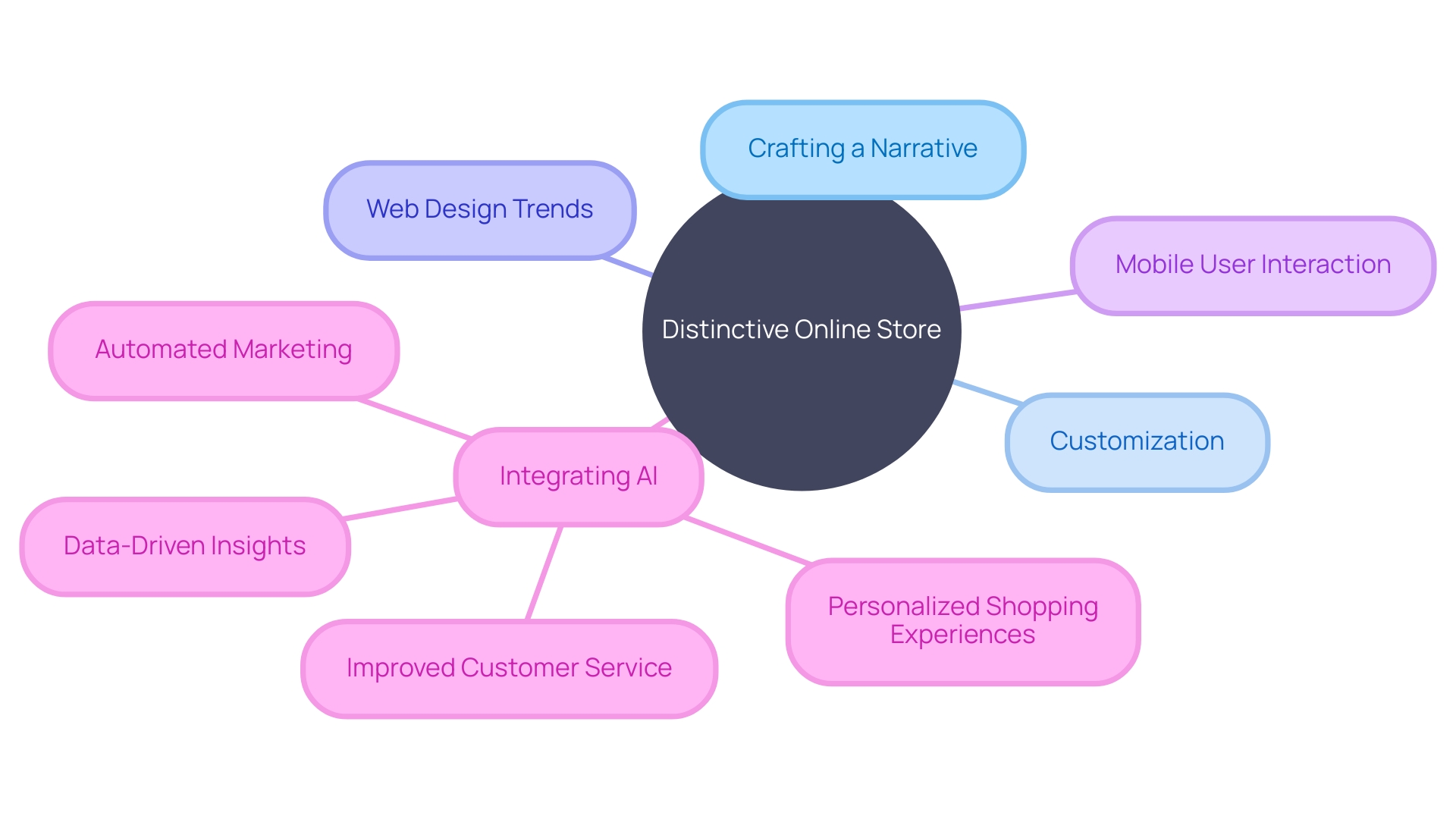
Integrating Ecommerce Functionality
For businesses seeking to strengthen their online selling strategy, incorporating online selling capabilities into an existing website necessitates more than simply a ready-to-use method. It's crucial to guarantee that the online business stage you pick can be easily integrated into your current website and content management system, such as AEM, Drupal, or WordPress. The goal is to create a unified system that enables you to efficiently handle products, inventory, orders, and client information. For instance, Filson, a company in the retail sector, leveraged Bamboo's growth insights service to create a customizable forecasting model. This model accurately predicted Filson's online sales with an impressive 99.6% precision for the 2023 Holiday Season by considering customer lifetime value, acquisition costs, and advertising investments. Such accuracy in predicting is priceless for businesses looking to make informed decisions about their online marketing strategies and investments.
In the rapidly changing domain of online business, artificial intelligence (AI) is one of the most popular trends. AI is revolutionizing the way businesses personalize shopping experiences, making them more relevant to individual customers. As the online shopping landscape continues to grow across various industries, it's vital to stay abreast of these developments. With Ai's increasing dominance, now is the time to invest in understanding and implementing AI-driven e-commerce solutions that can help you stay ahead of the competition. By doing so, you'll tap into the potential of delivering integrated, cross-channel experiences that prioritize personalization, privacy, and trust—key factors that define innovative and customer-centric brands in today's digital marketplace.
Using Ecommerce Plugins for Third-Party Platforms
Utilizing the capabilities of online trading platforms such as AEM, Drupal, and WordPress through their plugin ecosystems can significantly enhance the performance and reach of your web store. For example, the Ford Foundation revolutionized their content strategy by recognizing the limitations of their existing CMS and introducing a custom plugin. This adaptation underscores the importance of evolving with the demands of your audience and streamlining content management workflows.
On the WooCommerce front, Beau Lebens' announcement of substantial enhancements, including API improvements and a focus on accessibility, highlights the ongoing commitment to refinement and growth in the online retail space. Such updates are geared towards empowering developers and businesses alike to build scalable and user-friendly online stores.
Moreover, the immense success of Shopify as a platform, with its 4.3 million live sites, is a testament to the effectiveness of selecting the right plugins and tools that align with your business goals. The platform's user-friendly interface and robust feature set give a competitive advantage in the online retail market.
The revolutionary character of online trade is apparent from the initial online transaction to the contemporary advanced online marketplaces. With global online sales projected to reach $8 trillion by 2026, there has never been a more crucial time to integrate advanced product management, marketing automation, and client relationship management features into your online store. By researching and integrating carefully selected plugins that serve your unique business objectives, you can create an online presence that not only meets client expectations but exceeds them.
Adding a Payment Gateway to Your Website
Choosing a payment gateway for your ecommerce platform is a crucial decision that directly affects the checkout process and, ultimately, conversion rates. When integrating a payment gateway, security must be your paramount concern, as this ensures the protection of sensitive user data. Utilize secure methods like environment variables to safeguard API keys and database credentials.
For those using React applications, setting up components like PayButton, which interfaces with payment services such as Paystack, can streamline the payment process. If you're employing a comprehensive payment service provider (PSP) like Stripe, you'll benefit from an ecosystem that supports payment proposals, captures, refunds, and fraud analysis. This not only improves the client's journey but also aligns with the objective of a unified payment system across different countries. Remember, Stripe allows you to store profiles, billing, and tax information, which is essential for subscription models and one-off invoices.
The checkout process can be customized by offering features like saving encrypted payment information for future transactions. Major payment gateways provide this capability, significantly reducing checkout abandonment. Personalization extends to localizing the payment encounter by displaying prices in the customer's local currency, which can alleviate stress and positively influence the buying decision.
Moreover, staying abreast of the latest payment trends is crucial, as highlighted by the Global Payments Report 2023. Understanding consumer preferences and the evolving landscape of payment methods can guide you in offering a more sophisticated and user-friendly checkout process.
Lastly, compliance with the Payment Card Industry Data Security Standard (PCI DSS) is non-negotiable. Adhering to these standards not only secures cardholder data but also protects your business from the repercussions of a data breach, including fines and legal issues. Ensuring PCI compliance is part of responsible business management and contributes to a trustworthy payment ecosystem.
Embedding a Shopping Cart or Buy Button
Incorporating online business functionality into your website is a crucial step in transforming your online presence into a dynamic marketplace. To ensure a seamless shopping process, it is essential to include a shopping cart or a direct purchase option. Thankfully, most online shopping platforms provide simple ways to incorporate these elements using code snippets or plugins. Placement of these features is just as important as their inclusion; they should be prominently positioned on product pages, headers, or sidebars to ensure maximum visibility and accessibility.
The digital retail landscape is rapidly evolving, with innovative solutions like the checkout-free Dublin Town To Go store setting new standards for convenience. This store, leveraging Zippin technology, exemplifies the seamless shopping experience modern consumers crave. With such technological advancements, the expectation for online shopping sites to deliver a visually appealing and user-friendly interface is higher than ever. A captivating design can greatly impact customer trust and brand perception, highlighting the significance of detailed web design in business triumph.
As internet shopping keeps on rising, with more than 30% of the worldwide population participating in online shopping, the potential scope of a well-optimized online store is extensive. However, the online shopping industry is also highly competitive, with conversion rates being a critical measure of success. Understanding and improving these rates are essential, as even a well-trafficked site may struggle to convert clicks into purchases. Data suggests that the global e-retail market, valued at over $5.7 trillion, still sees many businesses striving to enhance their online conversion rates.
Considering the strongly protected nature of conversion rate benchmarks, it is crucial for directors of online business to utilize every tool available to assess and enhance their website's performance. Making sure that your site not only draws in clients but also motivates them to finalize a purchase is a complex challenge that demands a strategic approach to web design, user satisfaction, and seamless integration of ecommerce features.
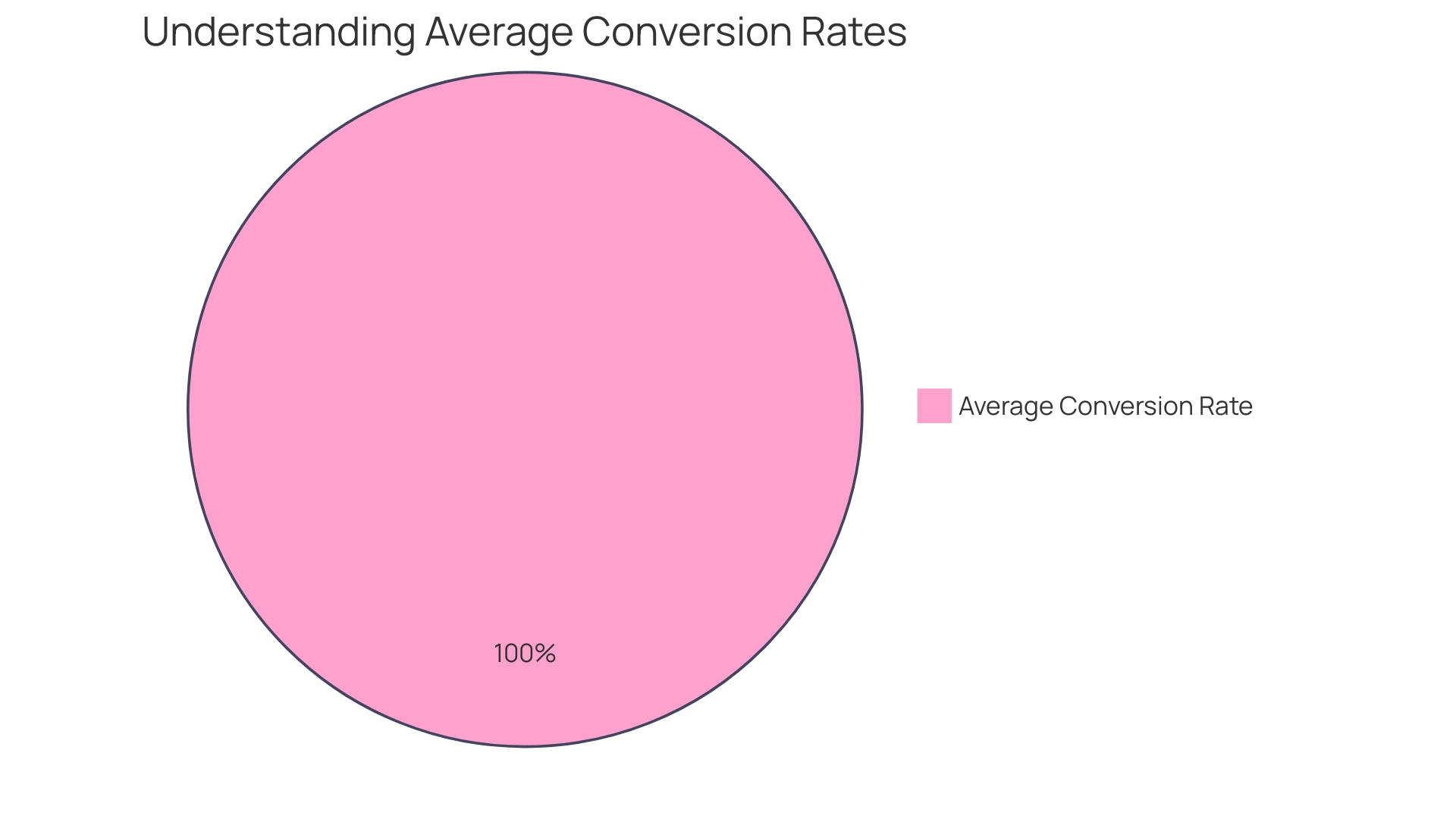
Setting Up Product Information and Options
Creating a user-friendly e-commerce interface is crucial for attracting and maintaining clients. To achieve this, your website should feature well-organized product information. Start with crisp, clear titles and comprehensive descriptions that convey the value of each product. Rich imagery and competitive pricing are non-negotiable, as they significantly influence purchasing decisions.
Incorporate multiple product variations, such as size and color, to accommodate diverse consumer preferences. This customization is not only user-centric but also a reflection of the brand's attention to detail. Analytical tools can offer insights into consumer behavior, guiding the optimization of product pages for higher engagement and conversion rates.
Equally important is the categorization of products. Efficient navigation through carefully organized categories or collections improves the shopping process, facilitating customers' ability to locate desired items. This organizational clarity, supported by relevant tags and attributes, also bolsters your site’s SEO performance.
Transparency in pricing, as shown by some courier services, can serve as a lesson for online platforms. Eliminating any ambiguity around costs can reduce friction and build trust. Furthermore, user-generated content and reviews are priceless; not only do they establish credibility, but they also provide insights into the consumer's mind, enabling a more personalized shopping journey.
Recent trends in the online shopping industry highlight the significance of these strategies. With a significant portion of the world's population shopping online, creating a seamless and reassuring online experience is critical. Events like Amazon's Great Indian Festival highlight the value of enticing deals and transparent pricing in driving sales. Meanwhile, platforms like Flipkart demonstrate the power of storytelling and innovation in entrepreneurship.
In the end, the objective is to utilize all accessible tools and strategies to guarantee that your online business platform is optimized for performance, functionality, and customer satisfaction.
Integrating a Standalone Ecommerce Solution
When it comes to integrating online buying and selling capabilities into your existing website, you have several options at your disposal. While standalone platforms like Shopify or Bigcommerce offer a multitude of online business features, they require careful integration to work seamlessly with your website. Utilizing platforms with a strong API can expedite your integration process, enabling you to preserve your site's existing functionality while leveraging the advanced online business capabilities these platforms offer.
Developing a solution for online business from the ground up using technologies like Next.js, Vue.js, Laravel, or Angular, although tempting for complete control, comes with its own set of challenges. The time and costs involved in developing a comprehensive online business system, which includes product, tag, and category management, content filtering, offers handling, and more, can be substantial. You may find yourself investing countless hours in coding, with a significant financial outlay and no guaranteed outcome.
To avoid these hurdles, consider the use of pre-built solutions that can integrate with your website. For instance, the uniform industry is progressively shifting towards online solutions tailored to their specific needs, making it easier for customers to order and customize uniforms on the internet. A well-executed integration should result in a user-friendly, scalable, and secure online shopping experience, enhancing your website's overall performance.
As you explore the best fit for your business, keep in mind the average online shopping conversion rates and benchmark your performance accordingly. Shopify, for instance, commands a substantial market share and might be a viable option for its ease of integration and widespread use.
Remember, the objective is not only to adjust to the changing environment of online business but also to actively influence it. With the right tools and strategic integration, your e-commerce platform will not only meet the modern standards but also provide a competitive edge in your market segment.
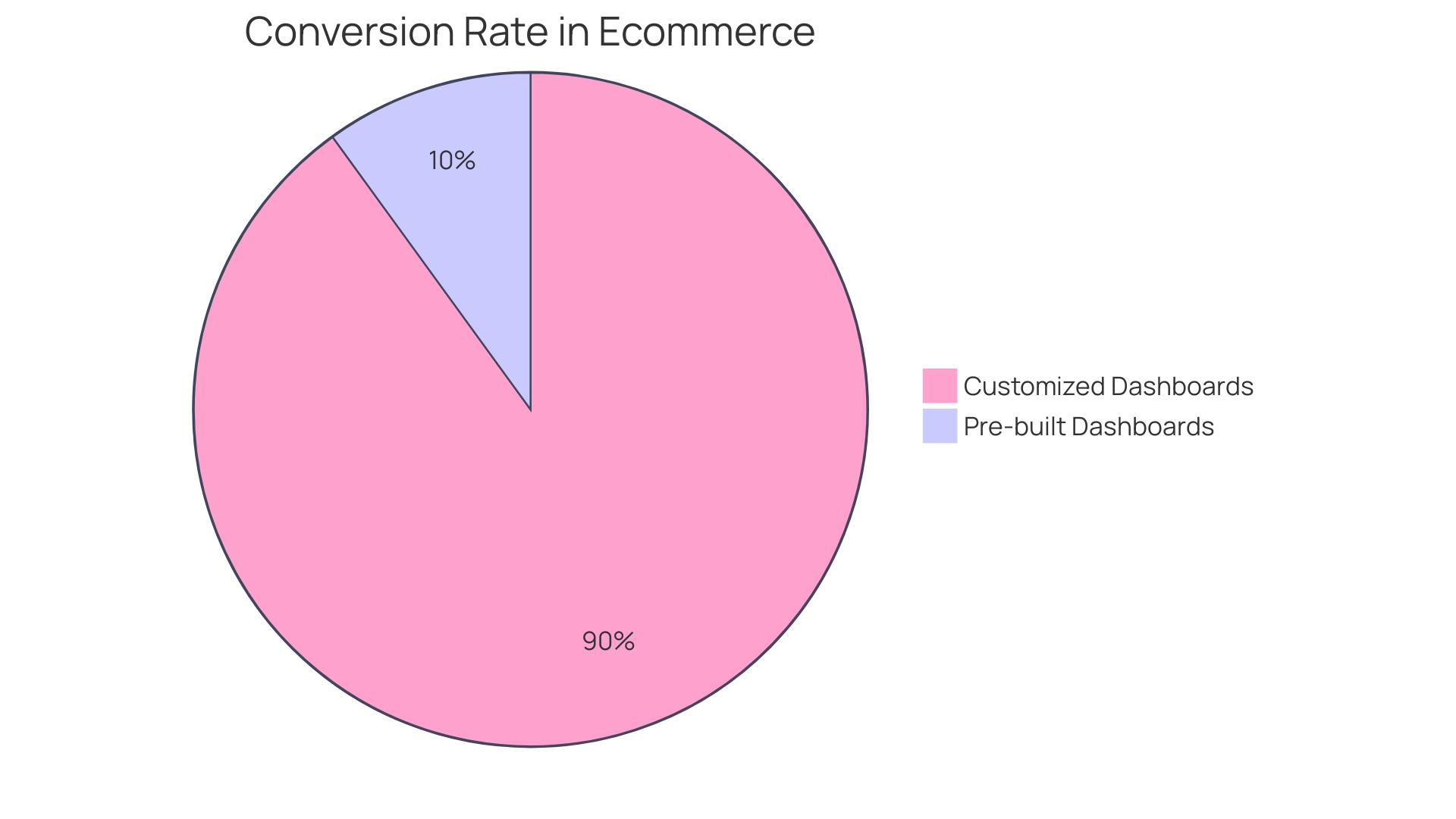
Tips for a Seamless User Experience
Optimizing your ecommerce website is not just about aesthetics; it's a comprehensive approach involving performance, user experience, and trust-building elements. Start by enhancing website performance, ensuring pages load rapidly to meet user expectations. A slow site can discourage more than half of your potential clients, while one that loads within two seconds can increase conversion rates by 15%.
Embrace responsive design to accommodate the vast number of users accessing your site via mobile devices, which account for about half of all web traffic. Remember, a mobile-friendly website is more likely to be revisited and can increase the likelihood of a purchase by 67%.
Intuitive navigation is crucial. It guides users effortlessly to their desired products, just as clear signage helps shoppers in a physical store. Guest checkout options echo the convenience of a quick in-store purchase, catering to those seeking immediate gratification without the commitment of account creation.
Trust signals like reviews and security badges are similar to the reassuring nod from a salesperson, validating the user's choice and fostering confidence in your brand. These elements are essential, as obscure pricing or complex checkout processes can create friction, leading to cart abandonment.
Personalized product recommendations are your virtual sales assistant, subtly suggesting items that complement a person's current selections, thereby enhancing cross-selling and upselling opportunities.
Lastly, keep your product inventory and pricing current. This reflects the precision of a well-managed store where every shelf is stocked, and every price tag is accurate, ensuring your customers' shopping experience remains positive and leads to sustained loyalty.
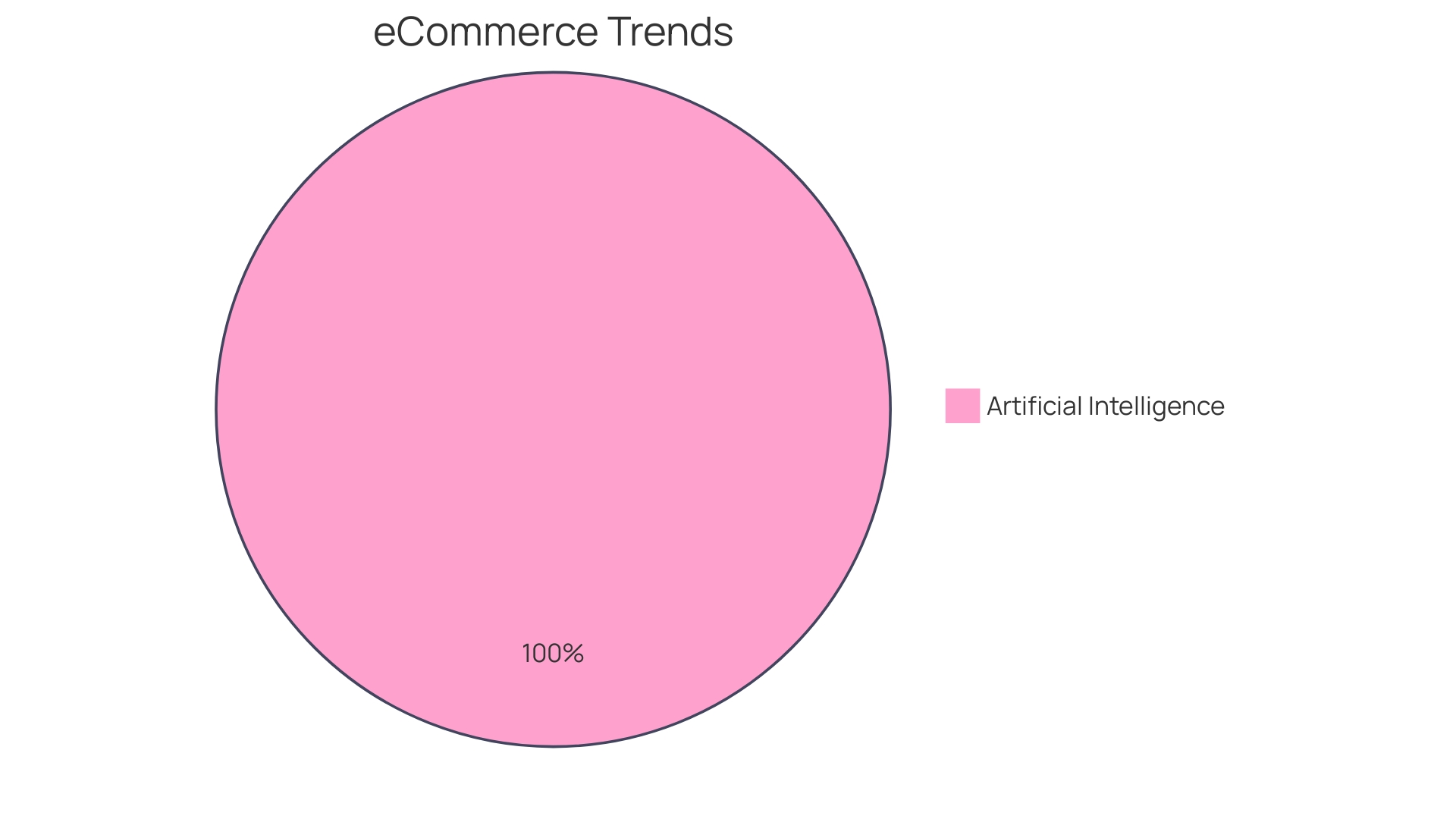
Conclusion
In conclusion, choosing the right ecommerce platform is crucial for maximizing the success of your online store. Platforms like AEM, Drupal, and WordPress offer unique features and benefits that align with specific business goals. Once you've selected your platform, setting up your online store is the next vital task.
Configuring your store's details and creating an engaging design are essential for a seamless shopping experience.
Customization plays a key role in creating a store that reflects your brand's unique story and vision. Staying informed about web design trends, mobile optimization, and the integration of AI into ecommerce can give you a competitive edge. Integrating ecommerce functionality, adding payment gateways, embedding shopping carts, and optimizing product information are also crucial steps for creating a user-friendly and successful ecommerce platform.
By following these tips and strategies, you can optimize your ecommerce site for performance, functionality, and customer satisfaction. It's important to stay informed about industry trends and leverage the right tools and platforms to ensure your brand stands out in the ever-evolving digital marketplace. With the right approach, your ecommerce store can thrive and attract a loyal customer base.





